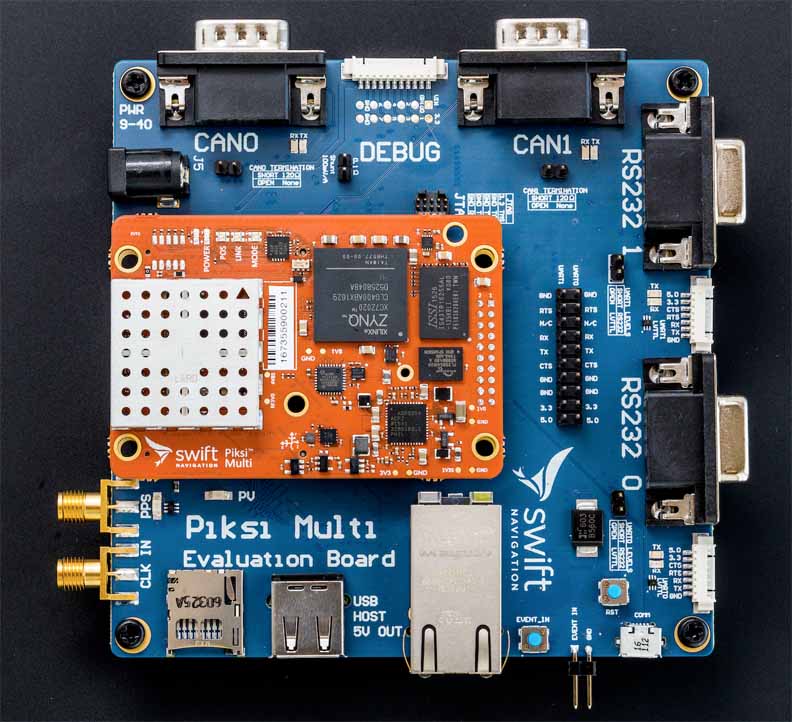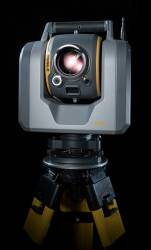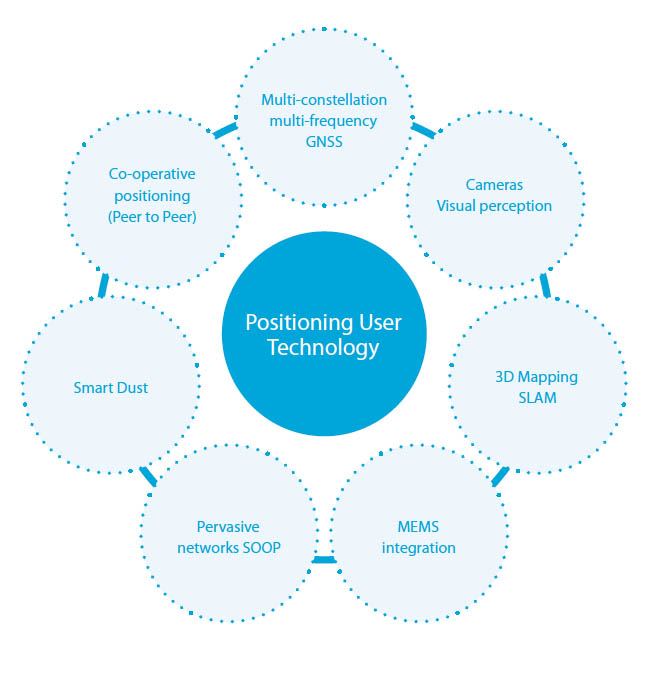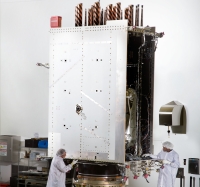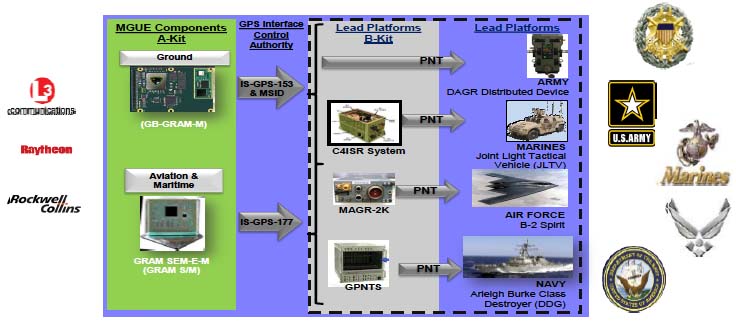Hemisphere GNSS and Carlson Offer New GNSS Receivers
Hemisphere GNSS and Carlson Software have released the Hemisphere S321 and Carlson BRx6 receivers for land surveying, construction fieldwork, and marine operations.
The lightweight and compact new receivers work with GPS, GLONASS, BeiDou, and Galileo, the company said. The receivers also incorporate real-time kinematic (RTK) and L-band corrections, including optimization for Hemisphere’s subscription-based Atlas GNSS global correction service, Hemisphere said.
By Inside GNSS

